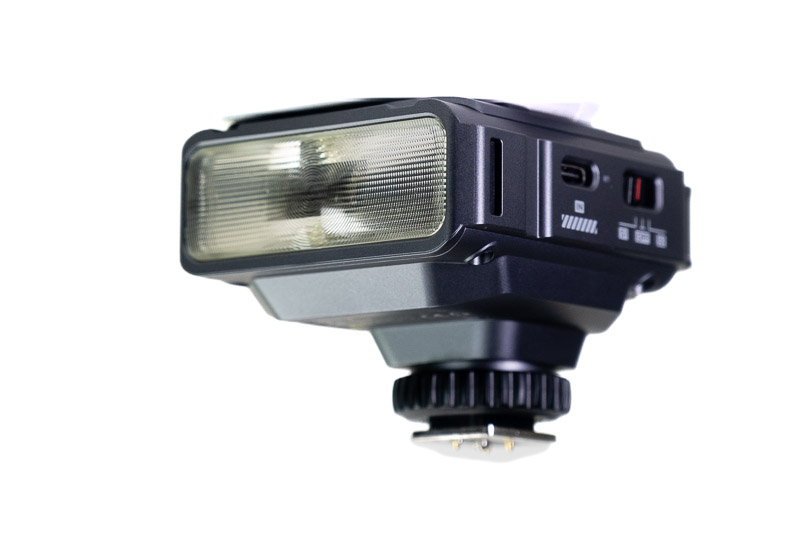
Introduction
This is the full review of the flash.
Viltrox previously released the retro-styled manual flash Z1. Now they’ve followed up with a new flash that operates in both Manual and Auto (TTL) modes.
As I haven’t had enough time with the flash to make a full review, I’ve put together a preview with a handling section here. Later on, I’ll test the flash in the field and complete the review with my experience and sample images.
![]() I tested these flashes on a Nikon Zf and a Nikon Zfc.
I tested these flashes on a Nikon Zf and a Nikon Zfc.
 You can see this review as a YouTube video here!
You can see this review as a YouTube video here!
![]() Sample images in high resolution here.
Sample images in high resolution here.
Sample Images



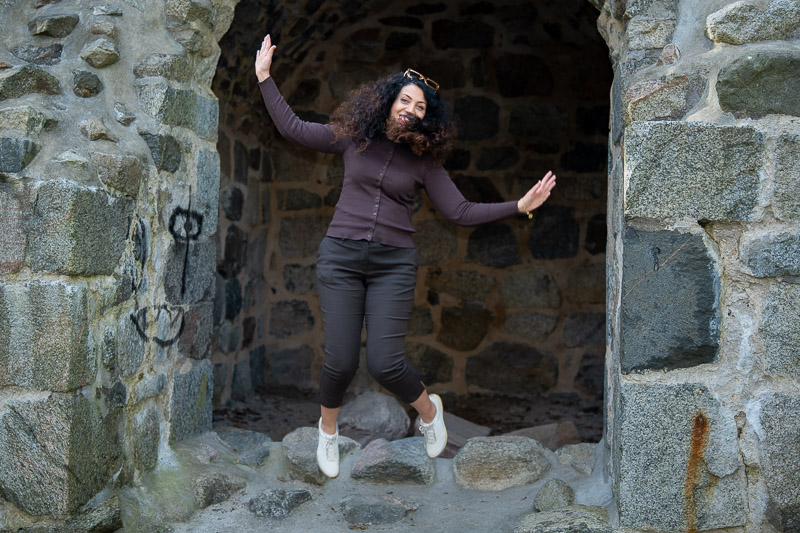

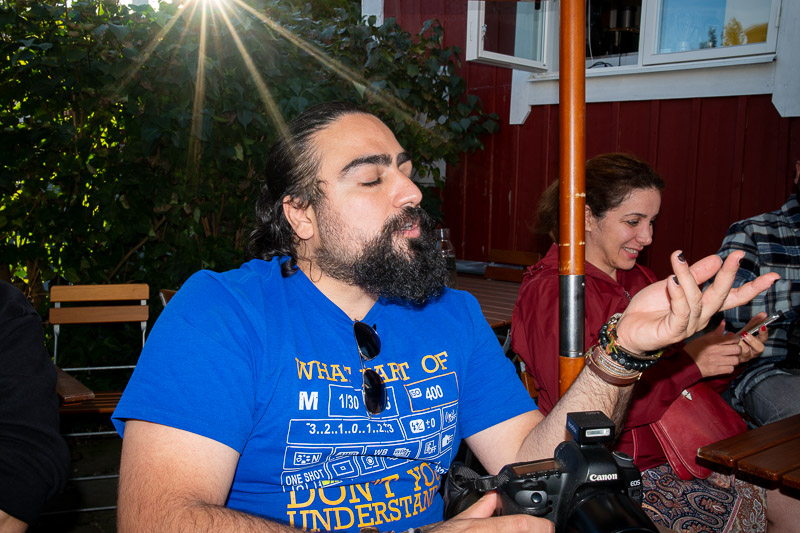

Most of the sample images in this review and many more can be found in higher resolution here.
Specifications
| Model Name | Spark Z3-N |
| Light Type | |
| Colour Temperature | 6500K (±200K) |
| Power (1/1 output) | 26 Ws |
| Flash duration T0.5 | 1/3000 s – 1/30000 s |
| Flash mode | M (Manual) / A (TTL Auto mode) |
| Trigger | Hot shoe, Wireless trigger (S1 synchronous trig. mode and S2 pre-flash avoidance trig. mode) |
| Flash Count | 650 times (1/1 power) |
| Power | Built -in Lithium Battery (3.7 V, 350 mAh) |
| Charging Method | USB-C contact fv/2A (About 70 min) |
| Size & Weight | 78.4 x 67.2 x 55.9 mm, ≈144 g |
| Available for | Nikon, Sony, Canon, Fujifilm |
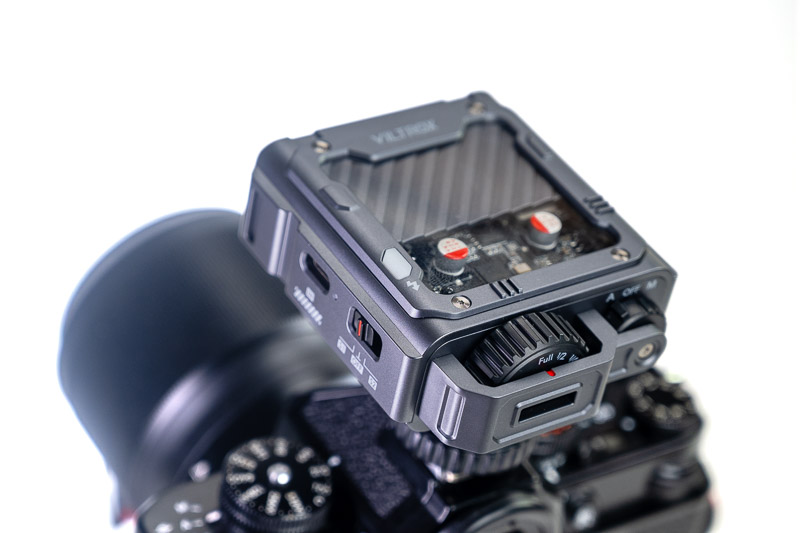
| Buy new: YouTube video here, Amazon $52 (Affiliate links) |
Disclosure
Viltrox kindly provided a flash for review purposes.
Handling
The Viltrox Flash Z3 is a compact unit, made—like most flashes—of hard plastic. For reference, here it is mounted on a Nikon Zf full-frame camera.
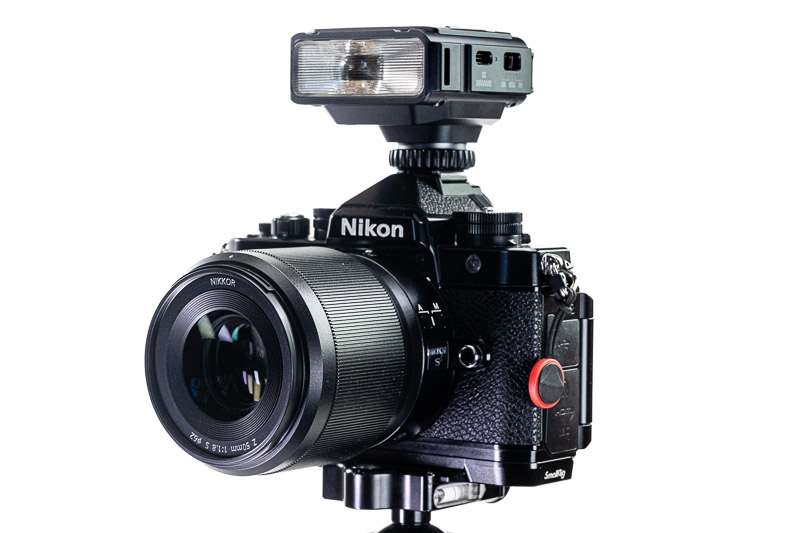
The flash works in both Manual and Auto TTL modes for Sony, Nikon, Canon, and Fujifilm cameras, but you need to get the correct model for your system.
All controls and settings are mechanical—there’s no LCD display or digital interface. The buttons, switches, and knobs are relatively large and easy to use. On the back of the flash, there are two knobs: a large one on the right to switch the unit off or set it to M or A mode, and an even larger knob—almost oversized relative to the flash itself—for selecting output power in Manual mode. There are seven power levels to choose from: Full, 1/2, 1/4, 1/8, 1/16, 1/32, and 1/64.
On top of the unit, there’s a test-fire button that lights up green when the flash is on; otherwise, it remains white.
On the left side of the flash, there’s a switch to set it to S1 or S2 triggering modes, along with a USB-C port for charging the built-in battery, which, according to the specifications, should last for up to 650 full-power flashes.
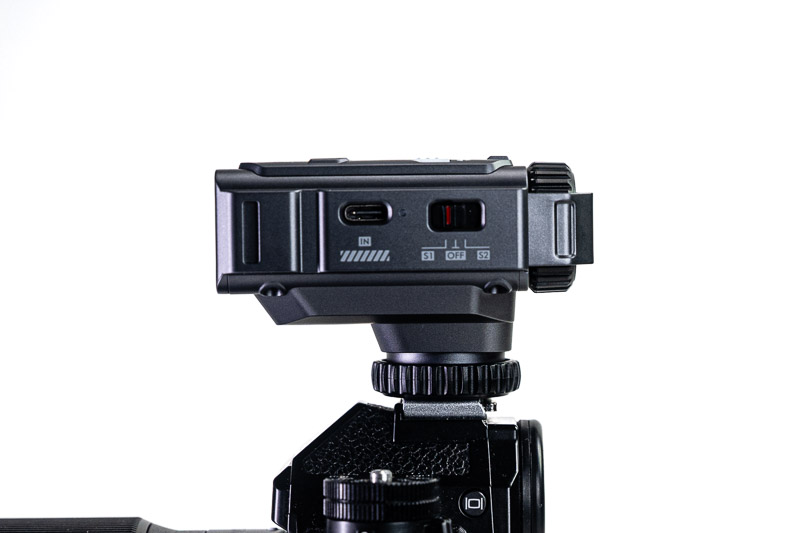
The flash can be triggered either directly via the hot shoe or wirelessly by another flash through the built-in optical sensor. S1 synchronizes the flash to fire simultaneously with the first burst of the master flash, while S2 bypasses pre-flash interference in multi-light setups and synchronizes with the second burst. Note that the wireless modes work only in Manual mode.
The flash head has no tilt or swivel capability. However, a snap-on white diffuser is included in the box to soften the otherwise harsh light.
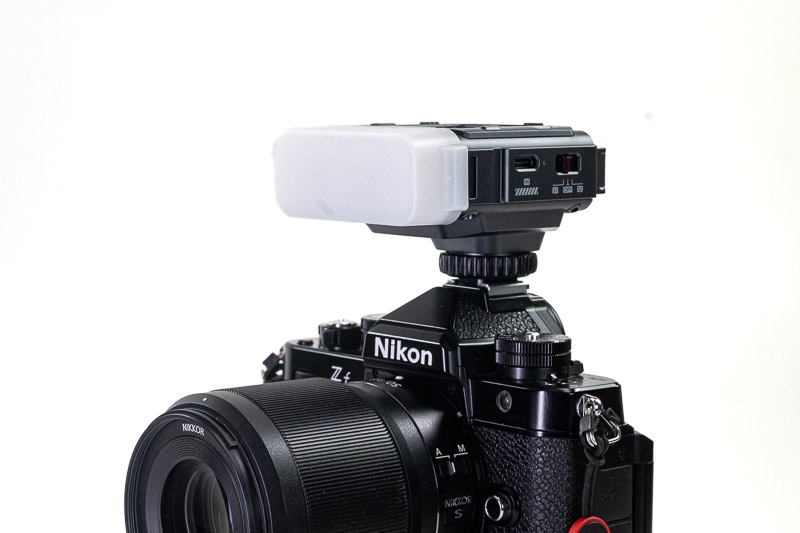
Field Experience
I can say right away that I enjoyed using this flash in many situations, but it’s not all roses—it does have its limitations.
Let’s start with some of the positives. The flash is small, which makes it easy to carry around. For example, I use a shoulder bag that fits two cameras with lenses attached, but leaves no space for extra lenses. Even so, I was able to slip this little flash in and carry it comfortably during a full day of walking and shooting.

The flash can be very useful for macro photography.

It’s quite powerful for its size, which is a real plus. The built-in battery is impressive, rated for about 650 full-power bursts—more than anyone would realistically need. Since most shots don’t use full power, the actual number of flashes per charge is much higher. Charging takes a little over an hour (around 70 minutes), which is quick. You can also shoot with a power bank attached, effectively multiplying the number of flashes. This setup saves you from having to buy and carry external batteries, swap them when they run flat, or deal with disposing of used ones after long periods of storage.
It has manual mode, which is useful in many situations, and many photographers prefer that for full control. It can also be used off-camera wirelessly, triggered by the burst of another flash. When used off-camera, it can be triggered in S1 and S2 modes, for triggering by the first flash and by skipping the first flash of many speedlights that have a pre-flash.

The connection to the camera has a wheel-style lock, which is very sturdy; none of Nikon’s own flashes are locked this tight on the camera.
It can be used as a small main flash, as a fill flash, and as a macro flash. TTL works quite well in most common situations.
So, let’s challenge the flash a little.
When it comes to the diffuser, don’t expect it to make the light softer. All it really does is reduce the light’s intensity. To truly soften flash, the light source has to become larger—something this diffuser doesn’t do. Another common way is to bounce the flash off a ceiling or wall, and in that case, a diffuser helps by spreading the light so the reflected surface becomes the larger light source. Unfortunately, since this flash can’t tilt or swivel, that option isn’t available either.
Here is the same scene, one with and one without the diffuser.
Still, the diffuser isn’t completely useless, theoretically at least. It can help in one situation: when using a long or large lens that casts a shadow on the lower part of the scene because the flash is mounted so close to the camera. The diffuser extends the light source by about 2 centimeters, which is often just enough to avoid that shadow.
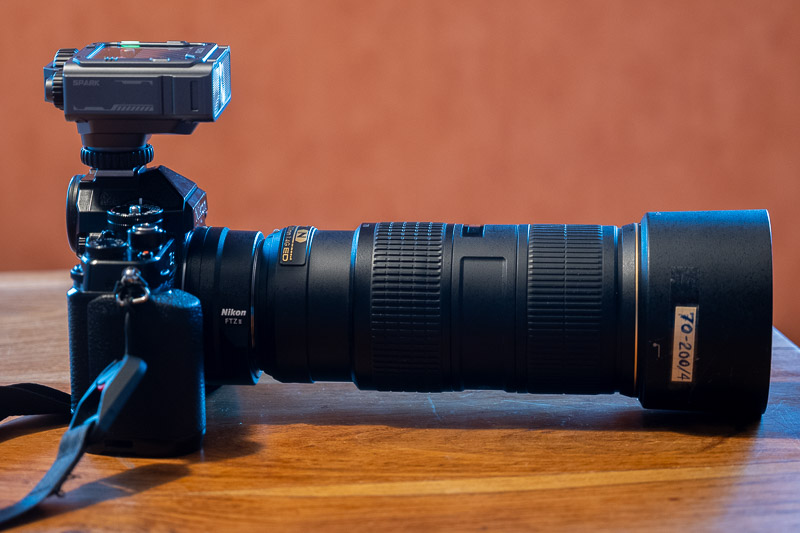
I pushed it with a pretty extreme setup—the AF-S 70–200mm f/4 on an FTZ adapter, plus the hood to make it extra long—and used it at 70mm. Surprisingly, even then I didn’t see any shadow issues from the flash being so close to the camera. The shot below was taken with that setup.
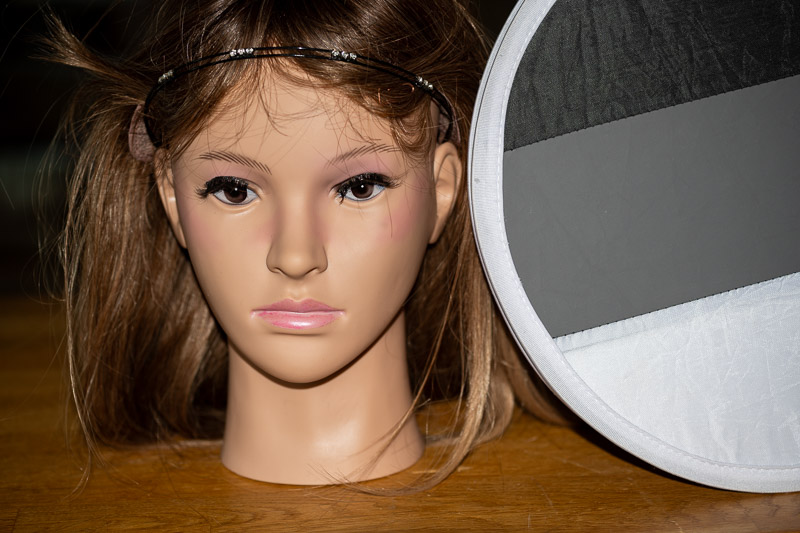
I also used a 24-70mm f/4 set at 24mm to see if the wide-angle lens would cause a problem, but the flash could illuminate the scene without any lens shadow, even there.
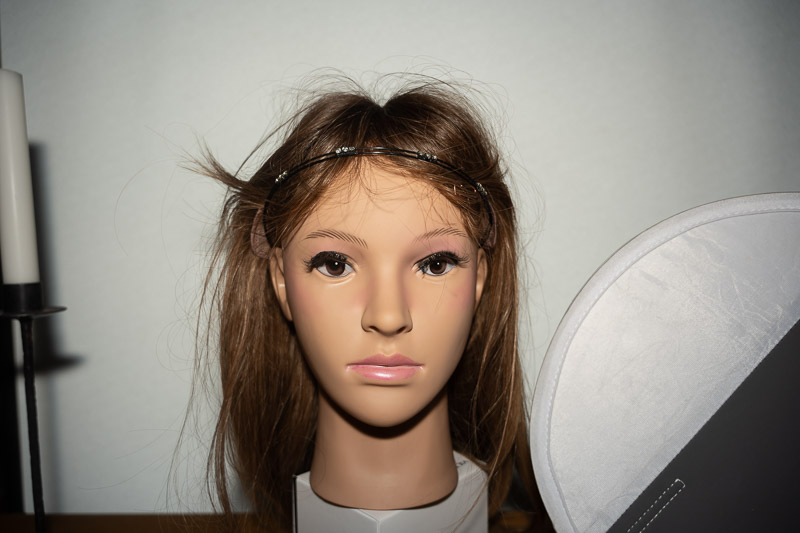
On the positive side, the flash lights the scene just fine even with big lenses or wide-angles, and the lens tip doesn’t block the bottom of the frame. The diffuser is a nice touch, but honestly, I couldn’t find any real use for it.
In TTL mode, it exposes normal scenes accurately, but in more demanding situations its performance is less consistent. Here are a couple of extreme test examples.
-
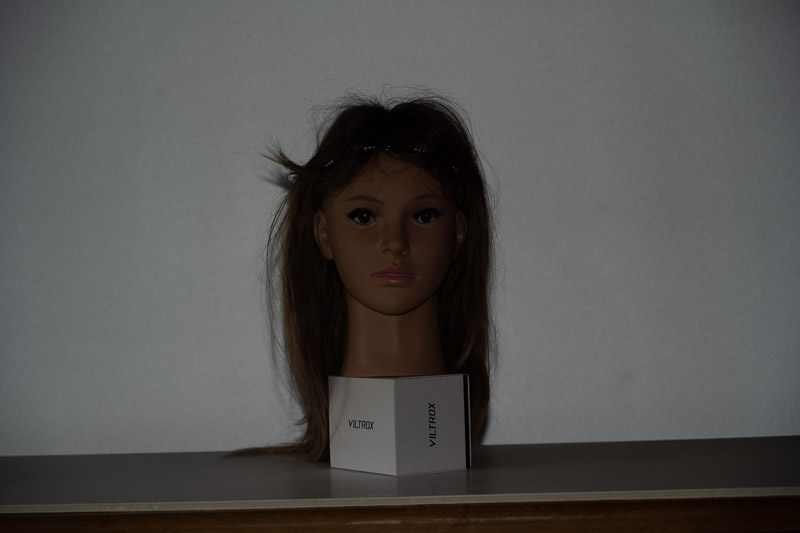
Viltrox Spark Z3 flash | TTL | White sourrounding 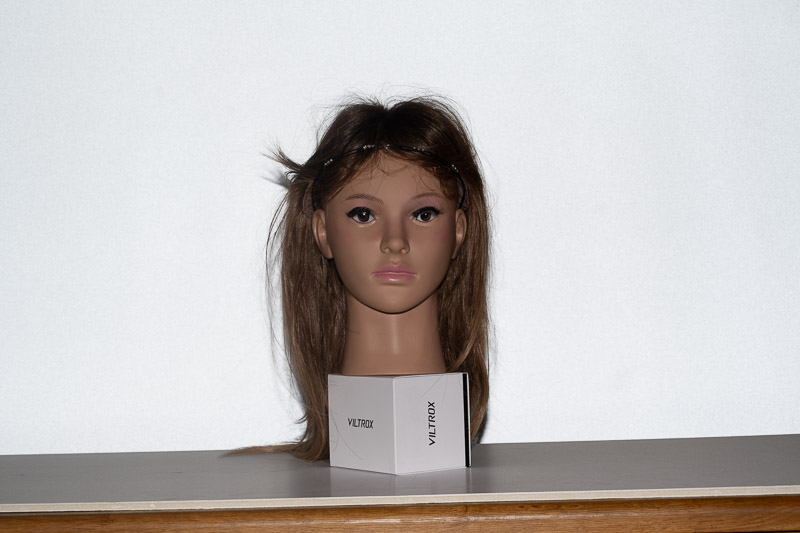
-

Viltrox Spark Z3 flash | Black surrounding 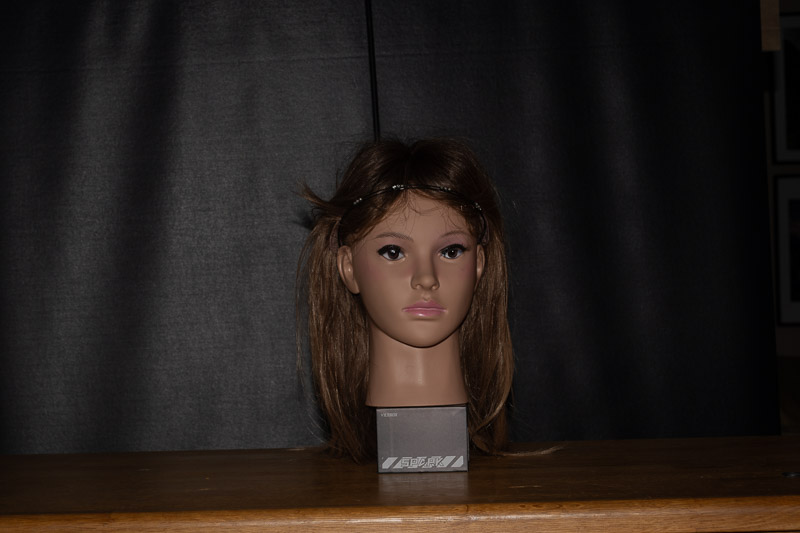
Note that these situations are extreme, but not impossible to encounter. But hey, even in normal photography without flash, you’ll often need to use exposure compensation when shooting in any automatic mode—on most cameras, anyway. In the next test, you’ll see that simply adding a couple of objects to the scene keeps it from turning completely white, allowing TTL to work flawlessly.
I also wanted to test how evenly the flash can light a scene at different focal lengths (Flash was in TTL mode).
At 70mm, light fall-off is barely noticeable—around 0.65 EV, which is completely fine. At 50mm, it’s about 0.8 EV, still good and hardly noticeable. At 35mm, fall-off reaches 1.4 EV, noticeable only in extreme all-white backgrounds. At 28mm, the fall-off is moderate, around 2 EV, and noticeable in most scenes. At 24mm, fall-off increases to 2.7 EV and will be even more noticeable, affecting the majority of situations.
The rigid, non-moving head has some limitations, which can, for example, manifest themselves in reflections back from what you are photographing. Here you can see an example of it, see the flash’s light reflection in the waterfall

The internal battery, while convenient in many ways, also comes with a drawback. If it runs out, you can’t simply swap in a fresh one and keep shooting—you’ll need to recharge before using the flash again.
Off-camera wireless triggering is supported, which is a plus, but it relies on optical communication. This requires a clear line of sight and allows only one-way control, meaning there’s no TTL functionality when used off-camera. In practice, this limits you to manual mode.
With TTL, you can skip the headache of calculating the correct aperture. If you prefer using the flash off-camera or working in manual mode, you can rely on trial and error by checking your camera’s display for over- or underexposure. However, if you want a reliable starting point—or if you’re shooting film—you’ll need to know the correct aperture, and calculating it on the fly via the Guide Number (GN) can be tricky. Viltrox does not specify a GN, but suggests a GN around 21-22, however, I calculated it to be more around 18. To make things easier, I’ve compiled a table showing different combinations of ISO and flash output power.
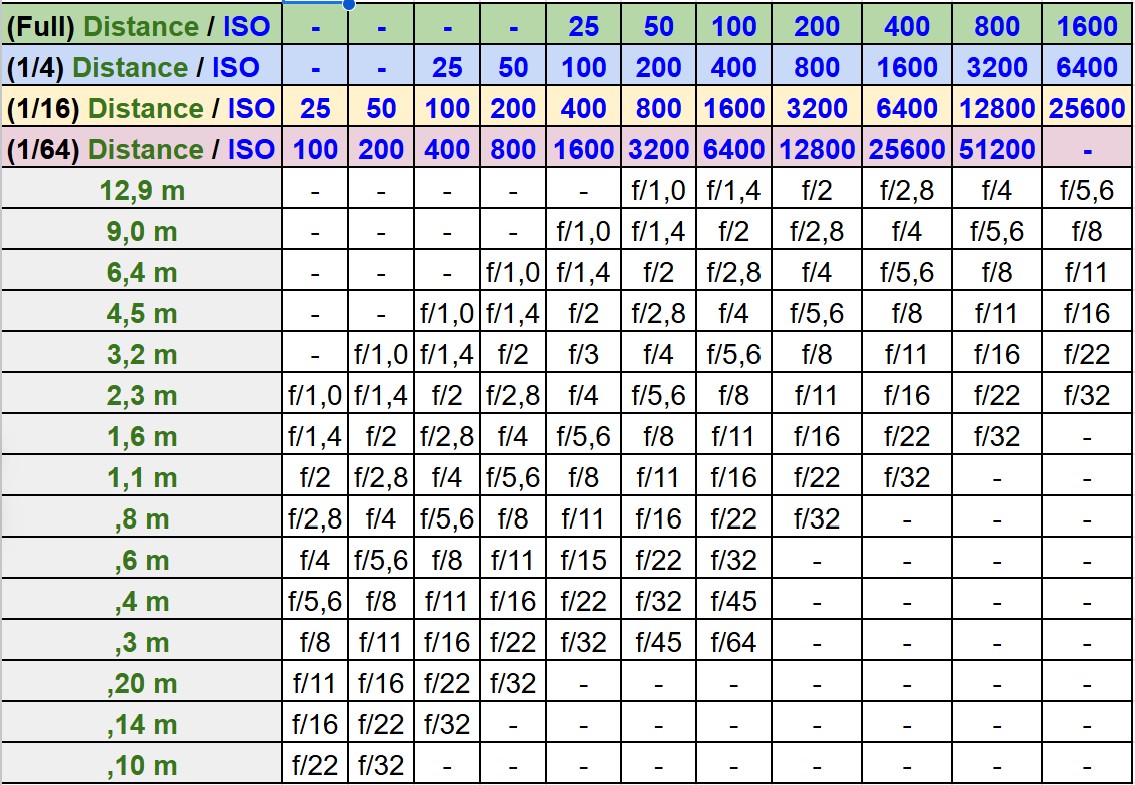
Conclusion
This is a compact flash that fits anywhere and doesn’t take up much space in your bag. It’s useful in a variety of situations: as a fill flash during the day, for backlit subjects, to freeze fast action when light is limited, in macro photography, for night shots of close subjects without a tripod, to illuminate faces in low light, or to counter unwanted shadows from over-the-head lighting, ceiling, or street lamps. It is quite powerful for its size, with a good battery, and it can be triggered wirelessly off camera through the built-in optical trigger.
Of course, it has its limitations, as mentioned earlier—most notably the fixed head and the lack of radio-frequency wireless triggering. No zoom head, or high-speed sync capabilities are others. A flash without these compromises would come at a much higher price, and if you’re planning serious strobist work, you’ll want to consider more advanced options. That said, given its size and price, this flash offers excellent value for money—and it looks pretty cool too.
Alternatives
Nikon SB-400
This is an older flash for Nikon cameras, about the same size and weight. The given guide number is 20, but in practice, I have estimated it to be about 14 or 15, so it is less powerful. Its advantages are that it has a tilt head, but can be tilted upwards only for softer light. It has rear-curtain sync, slow-sync, and red-eye reduction mode. It uses two AA batteries to power the flash. On the other hand, the Viltrox has a powerful internal battery, is more powerful, can be triggered remotely, and have manual control levels.
Get it at: eBay.com, eBay.de from $70 (Affiliate link)
Godox TT350
While compact, this is a larger and heavier flash than the reviewed Viltrox. It is powered by two AA batteries, which last for about 200 flashes. It is a much more advanced flash than the Viltrox and Nikon, though. Its head is both rotatable and swivel-capable. It, like the Viltrox, has an optical sensor for wireless operation, but it can operate in TTL in that mode. In addition to that, it also has a Radio frequency trigger and can be operated both as a slave and a master flash. It also has manual mode, and in that mode, you can control the power between 1 to 1/128 in 1/3 EV steps. It also has first/second curtain sync and high-speed sync. It also has a zoom head that automatically adjusts for 24 to 105mm; the given guide number is 36 at ISO 100 (head at 105mm position). It is more expensive, though, at about $76.
So, much more advanced, but larger, heavier, and more expensive.
Get it at: Amazon, B&H for $76 (Affiliate link)
Sample Images

Viltrox Spark Z3 flash | 60mm | f/11






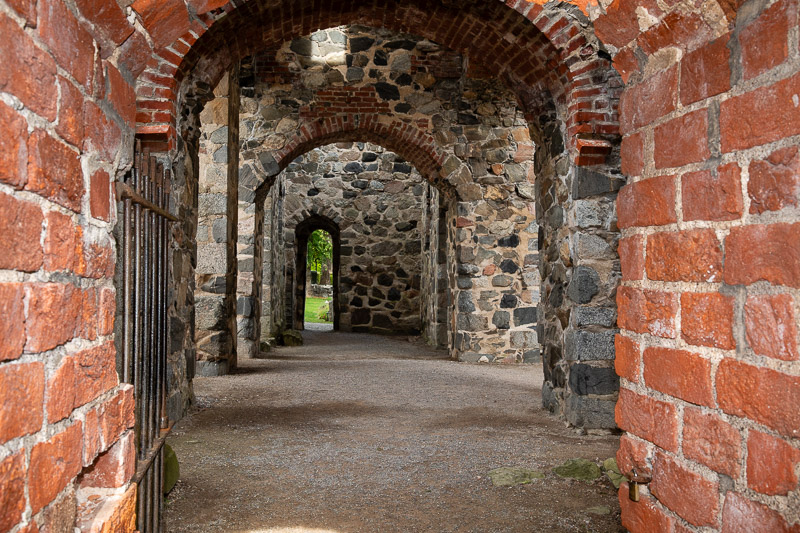

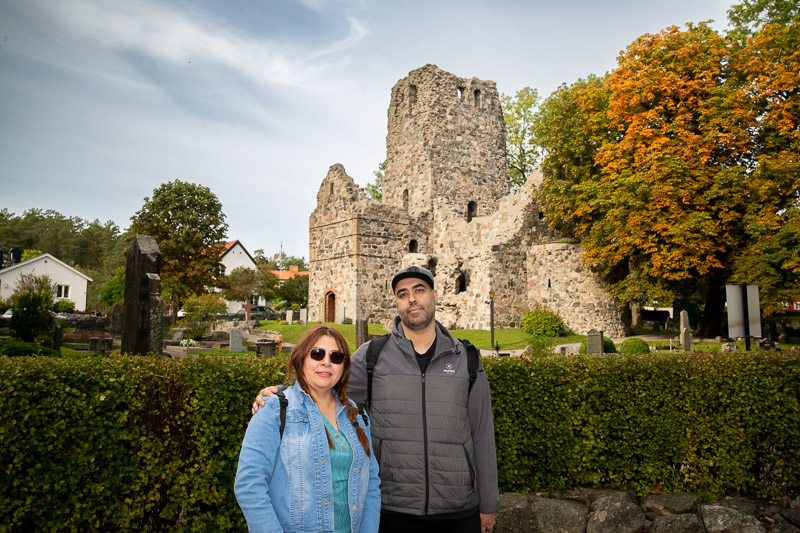
Most of the sample images in this review and many more can be found in higher resolution here.
| Buy new: Viltrox Store, Amazon $52 (Affiliate links) |
Further Reading
- What camera gear and accessories do I use most frequently?
- REVIEW: FotoPro Origin Plus Travel Tripod
- Review: Walkingway Effect Filters: Black Mist, Streak, Star, Prism, and Soft Filters
- Review: TTArtisan Dot Sight
Support Us
Did you find this article useful or did you just like reading it? It took us a lot of time and money to prepare it for you. Use the Donate button to show your appreciation!
![]()

(Donations via Paypal or bank card)
What’s in my camera bag? MY 2024 KIT!!
- Main camera : https://amzn.to/3TsGtKg
- Camera grip : https://amzn.to/4e0G3CR
- Memory Card 1: https://amzn.to/47pA20i
- Memory Card 2 : https://amzn.to/3XHYxlZ
- Camera 2 : https://amzn.to/3Xifou8
- Camera grip: https://amzn.to/4dYYpV9
- Memory card 1: https://amzn.to/4e5h2H0
- Memory card 2: https://amzn.to/3zu7W7n
- Small travel tripod: https://amzn.to/4goIX68
- Mini tripod: https://amzn.to/4e09XXX
- Small shoulder bag: https://amzn.to/47tPMiY
- Medium shoulder bag: https://amzn.to/4ej4bjY
This site contains affiliate links, for which I may receive a small commission if you purchase via the links at no additional cost to you. This helps support the creation of future content.
Martin
Latest posts by Martin (see all)
- Analogue Photography: Part 4 – Ilford HP5 Plus at a Historical Engine Factory - December 3, 2025
- REVIEW: 7Artisans AF 10mm f/2.8 (APS-C) - November 30, 2025
- REVIEW: 7Artisans AF 35mm f/1.8 - October 15, 2025
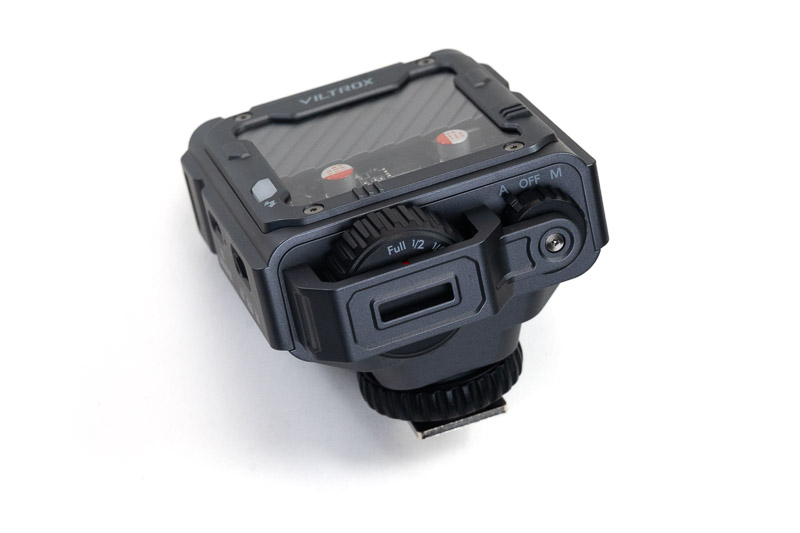
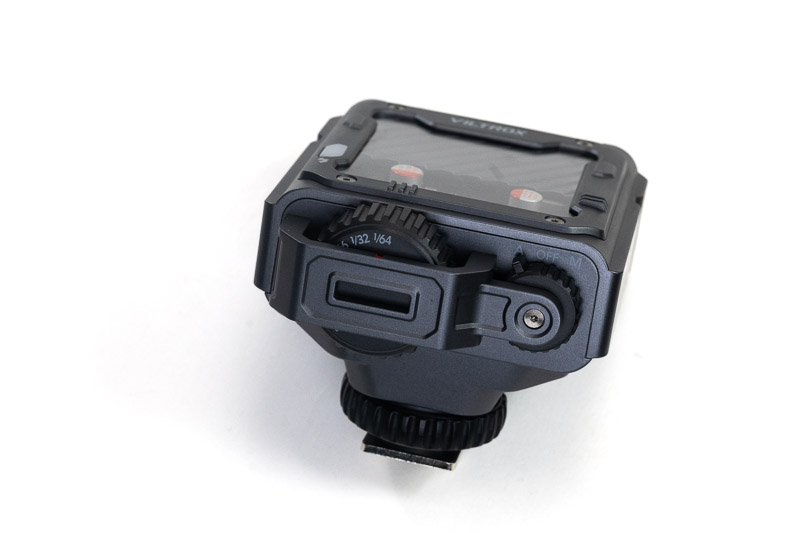
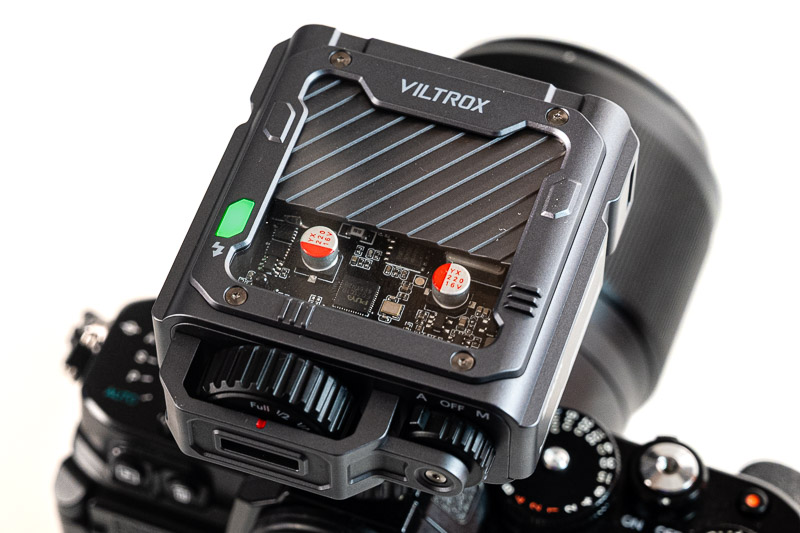
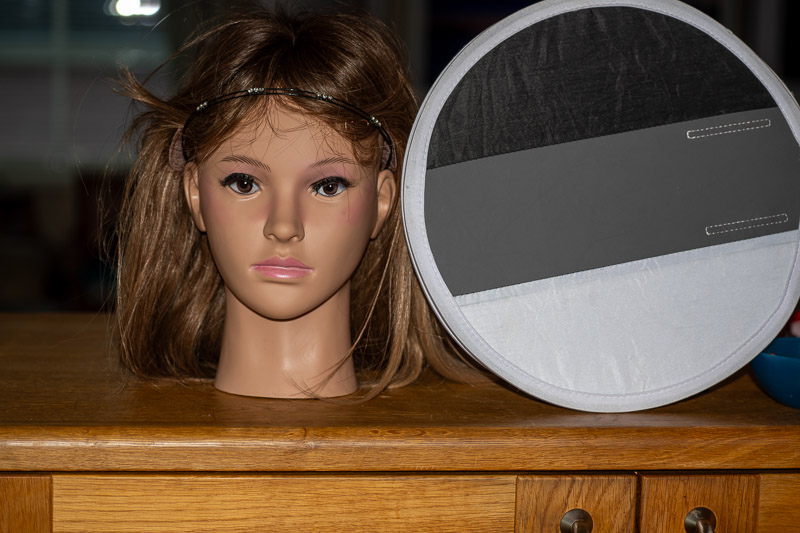
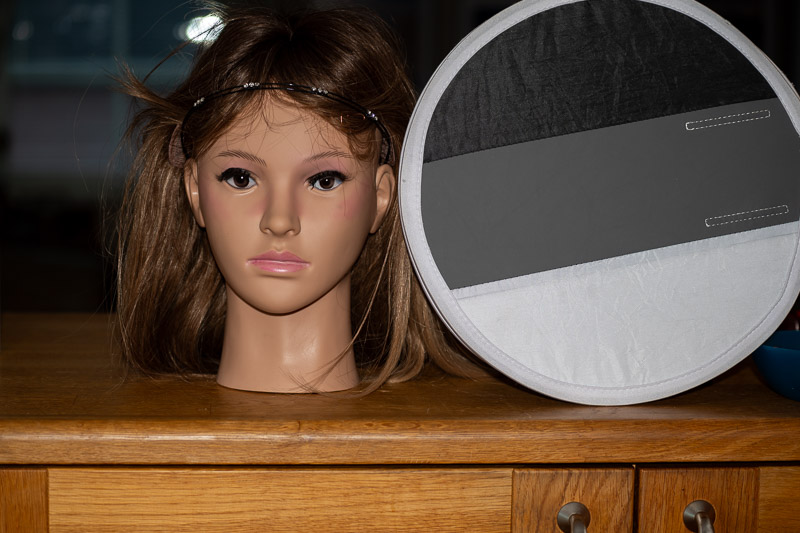





Some comparison with the YONGNUO YN6 would be really nice for the full review. While that one has no TTL, it is cheaper, and above all you can angle it upwards for indirect lighting indoors. Or alternatively angle upwards but still have the lamp point forward to avoid shading by long lenses, and to minimize red eyes.
That YN6 is a far simpler flash, only 4 power levels, no TTL, and no off-camera trigging, so not sure if that is a worthy contentder.
The Godox iM30 comes actually closer, it has 7 power output levels, and it can also be triggered off-camera in S1 and S2, but no TTL.
This reminds me of the Nikon SB-400 which has tilt. Is it otherwise comparable? Even though it’s no longer in production.
Yes, it’s somewhat comparable. I’ll try to cover similarities/differences in the Alternatives section.
That’s an awfully truncated article. Were you under pressure to post this quickly, instead of waiting until you had everything tested and written?
Yes, but think of it as a ‘First Look’ post, with the main review article to come later. While manufacturers or suppliers cannot dictate what we write about their products, they can request when we publish it—usually tied to release dates. Since we do not show anything we write about their products before publishing it on our blog, we try to be more accommodating when it comes to the timing of publication.
I hear you. Thanks for the explanation, and I’m looking forward to your thoughts on this product!
Then they should at least provide you with the product in time, giving you some space to actually review it. This serves no purpose to no one, to be honest.
This is the most recurring wish we have every time they inform us about the release date of a new product.
Bonjour,
Perhaps a comparison with the Godox iT30pro? TTL and Manual
Off camera with the super small Godox X3 trigger it’s a very small combo that I use with my Sony A7R5 since two months.
That would be a great comparison if I had that flash in hands, but I’ll try to cover similarities/differences in the Alternatives section.
Pity you’re not my next door neighbor…
I live in the South of France, you’re welcome!
I have nothing against living in the south of France.
So it’s a GN22 flash
Almost, I got about 21.2 at ISO 100, Full Power.
With big full frame cameras small flash unis simply didn’t work because the lens cast shadow. you need some foldable design like sony hlv-f20m to be small and have some distance from camera. Godox tt350 also nice little flash that can be your everyday unit. Small, light and versatile.
It depends on which lens you are using and for which application you are using the flash.
This Viltrox reminds me of the good old film days. I had a Metz 40MZ2 flash .It was very good had great capabilities and double the power of this one.
Since the fixed head, a flash hot shoe cable could be a nice add in the product package.
Of course, but normally they are sold separately. The flash price is too low to include anything extra, I suppose